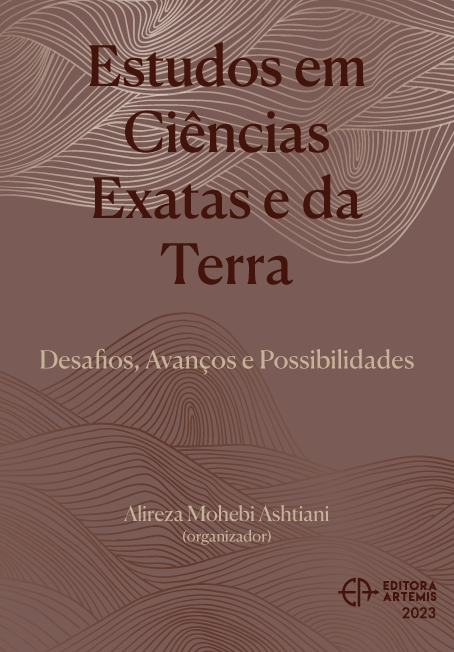
CARACTERIZACIÓN DE LA CORTEZA DE TRANSICIÓN Y LÍMITE CORTICAL CONTINENTAL-OCEÁNICO EN EL MARGEN CONTINENTAL ARGENTINO
Este trabajo presenta modelos 2D correspondientes a perfiles gravimétricos transversales al talud de la plataforma continental argentina con el propósito de caracterizar la constitución de la transición de la corteza continental-oceánica (COT) y la ubicación del borde cortical continental-oceánico (COB). Estos modelos se ubican offshore en el Mar Argentino en el margen continental pasivo volcánico y en el margen transforme. El modelado consistió en aproximar la gravedad observada a la gravedad calculada hasta obtener diferencias menores a 5 mGal. El cómputo de la gravedad calculada deriva de expresiones de las componentes vertical y horizontal de atracción gravitatoria de cuerpos bidimensionales de forma arbitraria. Los modelos se apoyaron en información geológica, sísmica y batimétrica de campañas oceanográficas. Además, se utilizó información previa como la interpretación de estructuras subyacentes, la profundidad de la discontinuidad de corteza-manto, la densidad y arquitectura de subplacado magmático y la densidad de los sedimentos oceánicos obtenida a partir de velocidades interválicas provenientes del método sísmico. Las principales conclusiones a cerca de los modelos fueron: (1) el modelado gravimétrico caracterizó una COT cuyo espesor disminuye hacia el Este desde ~29 a ~6 km y su ancho no es menor a 120 km; (2) la densidad de las estructuras que la componen aumenta lateralmente respondiendo a una corteza continental atenuada con intrusión de material magmático; (3) la COT y el COB están fuertemente controlados por las zonas de transferencia; (4) el COB se presenta como una interfaz buzante hacia el mar, donde el espesor cortical es de ~6 km y abundante vulcanismo
CARACTERIZACIÓN DE LA CORTEZA DE TRANSICIÓN Y LÍMITE CORTICAL CONTINENTAL-OCEÁNICO EN EL MARGEN CONTINENTAL ARGENTINO
-
DOI: 10.37572/EdArt_2402237439
-
Palavras-chave: MODELADO GRAVIMÉTRICO 2D; MARGEN CONTINENTAL ARGENTINO; CORTEZA CONTINENTAL-OCEÁNICA DE TRANSICIÓN; BORDE OCEÁNICO-CONTINENTAL
-
Keywords: 2D GRAVIMETRIC MODELING; ARGENTINE CONTINENTAL MARGIN; CONTINENTAL-OCEAN CRUST TRANSITION; CONTINENTAL-OCEANIC BOUNDARY
-
Abstract:
This work presents 2D models that corresponds to gravity profiles transversal to the slope of the Argentine continental shelf whose purpose is to characterize the constitution of the continental-oceanic crustal transition (COT) and the location of the continental-oceanic crustal boundary (COB). These models are located in the Argentine Sea in the passive volcanic continental margin and in the transform margin. The modeling consists of approximating the observed gravity and the calculated gravity, until obtaining differences of less than 5 mGal. The computation of the calculated gravity is derived from expressions of the vertical and horizontal components of gravitational attraction of two-dimensional bodies of arbitrary shape. The models were based on geological, seismic and bathymetric information from oceanographic surveys. In addition, previous information was used, such as the interpretation of underlying structures, the depth of the crust-mantle discontinuity, the density and architecture of the magmatic subplate, and the density of oceanic sediments obtained from interval velocities from the seismic method. The main conclusions about the models were: (1) the gravimetric model characterized a COT whose thickness decreases towards the East from ~29 to ~6 km and its width is not less than 120 km; (2) the density of the structures that compose it increases towards the East in response to an attenuated continental crust with intrusion of magmatic material; (3) COT and COB are heavily controlled by transfer zones; (4) the COB appears as a dipping interface towards the sea, where the crustal thickness is ~6 km and abundant volcanism.
-
Número de páginas: 17
- María Alejandra Arecco
- Patricia Alejandra Larocca
- Francisco Ruiz
- Guillermo Domingo Pizarro
- María Florencia Canero

